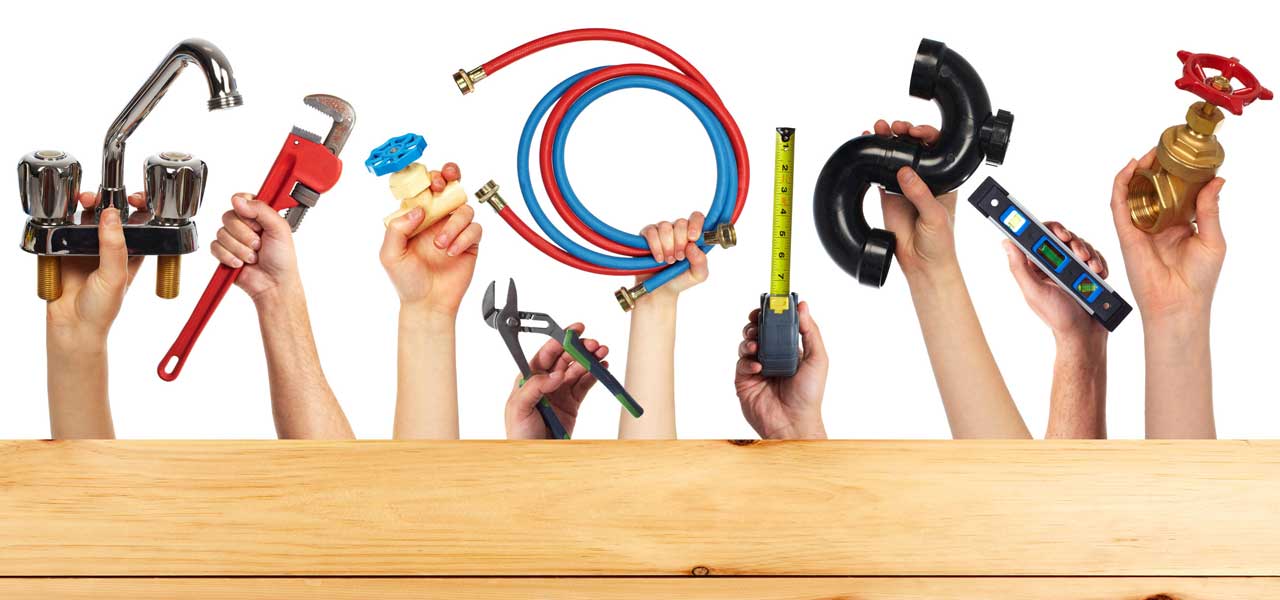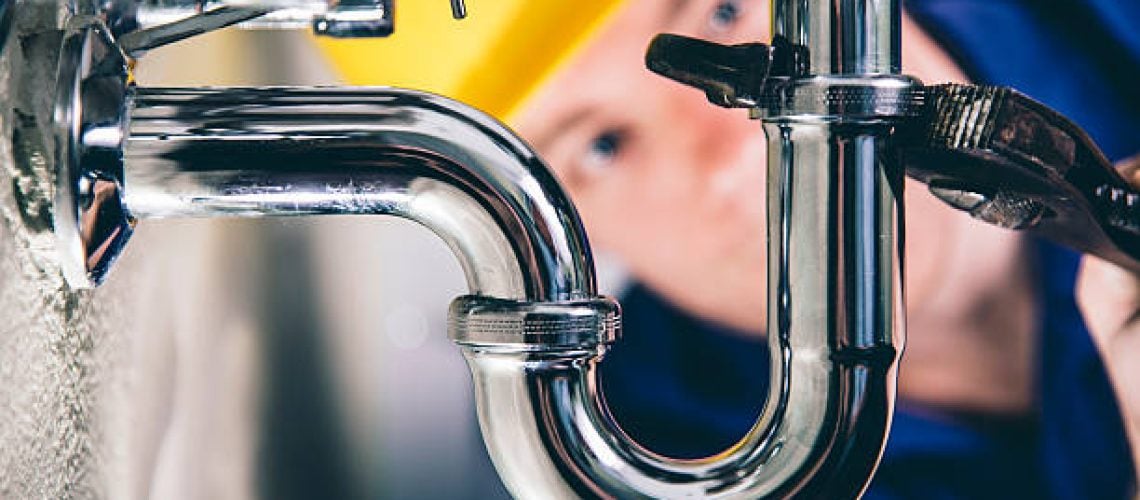Are you trying to locate additional info around How Does the Plumbing Work in Your Home??

Plumbing is a crucial element of any type of home, responsible for supplying tidy water for alcohol consumption, cooking, and bathing, along with getting rid of wastewater safely. Recognizing the essentials of home plumbing is essential for every homeowner to guarantee proper upkeep, troubleshooting, and, if needed, repair services. In this beginner's guide, we'll cover the fundamental concepts of home plumbing to aid you end up being much more acquainted with how it functions.
Water Heating Unit
The water heating system is in charge of heating water for residential use, consisting of bathing, cooking, and cleansing. Common sorts of water heaters consist of tank-type water heaters, tankless (on-demand) water heaters, and heatpump hot water heater. The hot water heater is attached to the water system and provides warm water to plumbing fixtures as required.
Drain System
The drainage system gets rid of wastewater from your home and carries it away to a sewer treatment center or septic tank. It includes a network of pipelines, fittings, and components that transfer wastewater from plumbing fixtures to the major sewer line or septic system. Proper water drainage is necessary to protect against clogs, back-ups, and sewage leaks.
Air flow System
The air flow system helps preserve correct air pressure and protect against sewer gases from entering your home. Vent pipelines, also referred to as air vent stacks, prolong from plumbing fixtures to the roof, enabling sewer gases to leave securely outdoors. Ventilation pipes likewise permit air to get in the drainage system, helping with smooth wastewater circulation and protecting against suction or vacuum impacts.
Water System System
The water system brings clean water into your home from a local water resource or an exclusive well. It consists of a primary water line that attaches to your home's plumbing system, usually located underground. A water meter determines the quantity of water taken in, while a shut-off shutoff permits you to regulate the circulation of water into your home.
Plumbing Fixtures
Plumbing components are gadgets that provide water to different parts of your home and consist of sinks, faucets, toilets, showers, bathtubs, and appliances such as dishwashers and washing devices. Each fixture is linked to the supply of water system by means of pipelines and fittings and may have its shut-off valve for maintenance or emergencies.
Typical Plumbing Devices
Having the right tools available is vital for doing fundamental plumbing repair services and upkeep jobs. Typical plumbing tools include flexible wrenches, monkey wrench, pliers, pipeline cutters, hacksaws, plungers, augers (or drain snakes), and Teflon tape. Having these devices conveniently offered can assist you deal with minor plumbing problems successfully.
Fundamental Plumbing Repair Work
While some plumbing repairs might need specialist aid, many common concerns can be attended to with standard do it yourself techniques. Learning how to deal with a leaking tap, unclog a drain, replace a toilet flapper, or fix a trickling showerhead can save you money and time on plumbing fixings.
Verdict
Understanding the fundamentals of home plumbing is important for every property owner to preserve a risk-free, practical, and effective plumbing system. By familiarizing on your own with the supply of water system, plumbing fixtures, drainage system, air flow system, common plumbing devices, and standard repair work, you can confidently deal with minor plumbing problems and ensure your home's plumbing system runs efficiently.
Understanding Basics of Home Plumbing System: A Beginner's Guide
The Main Components of Your Home Plumbing System
The Water Supply System
This system is responsible for transporting fresh water into your home. It usually has a main water line that splits into two branches: one directed towards cold water services and the other connected to a water heater for hot water. The pressure is key here; it ensures water reaches all parts of your house.
The Drainage System
Once water has been used, it becomes wastewater that needs to be removed from your home. This is where the drainage system comes into play. It includes all the pipes that carry wastewater and sewage away from your house to sewage treatment facilities or septic tanks.
The Vent System
The vent system prevents sewer gases from entering your home and helps maintain the pressure balance that allows wastewater to flow out properly. These vents usually exit through the roof of your house.
Water Heating System
For those who enjoy hot showers or using hot water for cleaning, the water heater is a crucial part of the plumbing system. It can be a tankless system, which heats water on demand, or a traditional water tank model.
Common Plumbing Problems and Basic Troubleshooting
Plumbing systems, while designed to be durable, can face issues like clogged drains, leaky faucets, or low water pressure. Here are some basic troubleshooting tips:
Clogged Drains
Use a plunger or a plumber's snake to try and dislodge whatever is blocking the drain. Regular cleaning can prevent clogs.
Leaky Faucets
Often caused by worn-out washers or gaskets, these can usually be replaced by someone with basic DIY skills.
Low Water Pressure
This might be due to sediment build-up in your fixtures or a leak somewhere in your water line. Cleaning out aerators or seeking a professional to detect leaks might be necessary.
Preventive Maintenance Tips
Maintaining your plumbing system is key to avoiding emergencies. Regularly check for leaks, avoid disposing of grease down the sink, and have your system inspected by a professional plumber at least once a year.

I am just very excited about Understanding the Basics of Your Home's Plumbing System and I'm hoping you liked the new blog post. Do you know about another person who is in the market for the topic? Do not hesitate to promote it. Many thanks for your time. Revisit us soon.
Click Here
Comments on “Discovering the Core Concepts of Home Plumbing: A Beginner's Introduction”